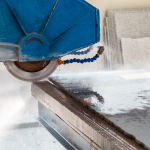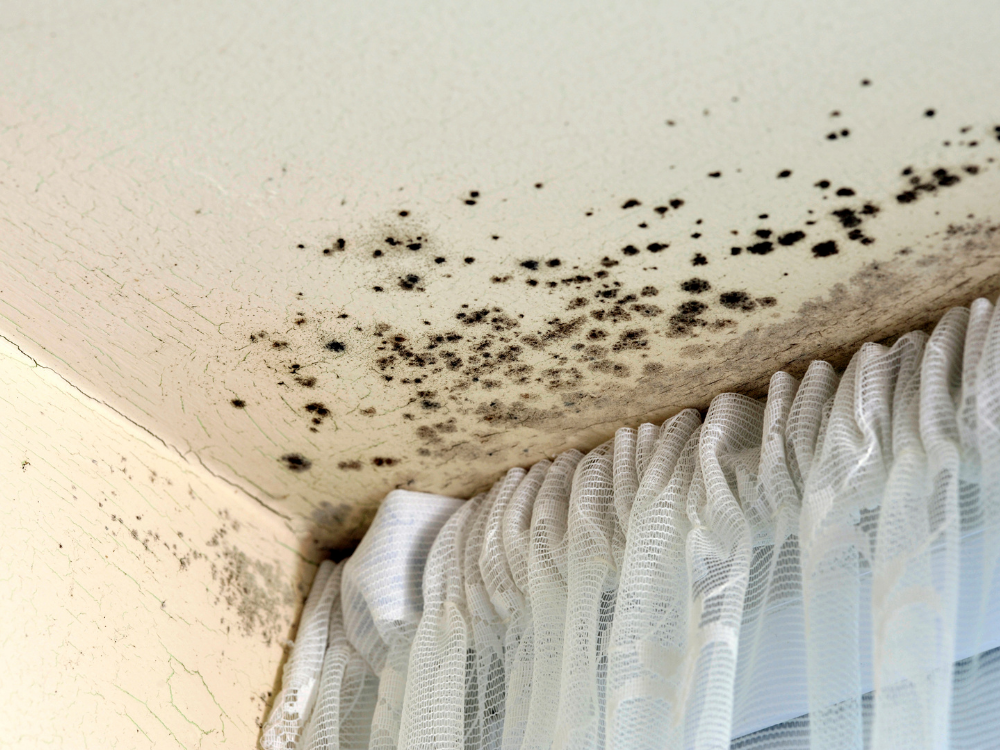The long-range summer forecast for eastern Australia is predicting warm and wet conditions, and environmental biologists are warning that the mix of rainy conditions and high temperatures means that many parts of the country are also likely to experience an increase in mould infestations.
Mould is most likely to occur in places where there is a presence of moisture, coupled with a lack of ventilation. Laundries, bathrooms and cupboards are common areas for outbreaks.
Environmental biologist Dr Cameron Jones appeared in the media last week, explaining that in order to minimise the risk of mould outbreaks, the home should be properly ventilated and any spills or water should be dried out promptly.
“The main thing is to clean it up as quickly as possible,” he said.
He added that when the rain does arrive, leaking spots in the home should be repaired and windows closed against the rising humidity. A common culprit is drying clothes inside without proper ventilation, in addition to bathrooms or laundries without appropriate exhaust fans.
He explained that mechanical ventilation, rather than opening windows, is the most effective option, because “it has filtration which is good for indoor air quality as well as helping with dehumidification.”
In 2018, the Federal Government handed down a report into biotoxin-related illnesses. It included key recommendations to the National Construction Code to prevent mould risk factors from occurring, while also addressing the disclosure of potential issues to new tenants, and the improvement of mould rectification services in rental properties.
“One of the issues the inquiry identified was a lack of education and awareness among medical practitioners that sick building syndrome and other manifestations of biotoxin-caused illness really are a problem and can cause a range of symptoms.”
Mould has been recognised as a ‘biotoxin,’ and the resulting illness from (usually) long term exposure is referred to as Chronic Inflammatory Response Syndrome (CIRS). “There is a range of views within the medical profession regarding the relationship between mould and the range of physical and cognitive symptoms identified as related to CIRS,” explained the Australian Medical Association in the report.
The AMA, in conjunction with the World Health Organisation, has “concluded that there is an association between exposure to dampness or mould and conditions such as asthma, allergic alveolitis and mould infections in susceptible individuals.”
The WHO has also released information as to the prevalence of mould and “estimated that the prevalence of indoor dampness may affect between 10 and 50 per cent of indoor environments in Australia, particularly in settings such as river valleys and coastal areas.”
The resulting recommendation from the inquiry explains that after consulting the Australian Institute of Occupational Hygienists (AIOH), there is a specific process of testing for mould. That process “begins with a physical inspection for mould, moisture damage, humidity, condensation and/or a musty odour.
“Inspection of ventilation systems may also be undertaken. Following this, air, surface, or bulk sampling may be required.”
While remediation of mould is highly recommended, “the Australian mould remediation industry is currently one without regulation, recourse, or accountability,” and steps are being considered to introduce “an accreditation or regulation program for the mould remediation industry.”




